Borderlands 3 review | Xbox One27/9/2019 Looting and shooting may be all the rage, but with the latest iteration of Borderlands boasting billions of guns, the series that popularised the genre is back. Does it have anything new to say? The plot sees you try to nab vault key parts before the Children of the Vault (or COV) do. Sister of the intergender twins, Tyreen Calypso, keeps gaining power as a siren - a class made famous by Lillith, Maya and newcomer Amara - and you'll be picking up plenty of familiar faces on your journey to help you take them down. In particular, Tales from the Borderlands' Rhys is back (though no longer voiced by the prolific Troy Baker) and brings the same endearing quirks with him, though unfortunately many of the other NPCs aren't as compelling without having had a game to set them up. It's definitely the game to scratch that looter-shooter itch you might've been looking to satisfy. Which leads us to an important fact – Handsome Jack is missed. He was always the pinnacle of the brand of amusement the series peddles in, none of the enemies, or the on-the-nose streamer pastiches the Calypsos themselves, have the same endearing quality. Even CL4PTR4P (or Claptrap) feels like the soul of the character has been lost from the change in voice actor, though not as noticeably as we'd feared from the trailers. A final, and unfortunate, point to make is the technical issues we came up against. Though there is local split-screen co-op, which is notable for its rarity alone these days, the performance suffers pretty consistently, especially jumping in and out of menus - which happens a lot with the loot management element. Elsewhere we ran into a bug which forced our Xbox to turn off at a certain point in a cutscene multiple times, insisting it was going to overheat, as well as other crashes and freezing.
While it's definitely more Borderlands, the game is a sequel which more than earns its right to exist, but generally plays it safe and falls back on its established rules and systems. It's definitely the game to scratch that looter-shooter itch you might've been looking to satisfy, especially for fans of the series, but, despite being a good entry point, ultimately falls short of its potential. Pros
Cons
8/10 The Surge 2 | PS4 | Review27/9/2019 Ever since 2014’s Lords of the Fallen, which was a Souls-like game of questionable quality, German development studio Deck13 has been honing its craft within the genre. Pioneered by FromSoftware’s trademark flair for dark fantasy, unlike Lords, The Surge did very well to distance itself from a similar setting by looking to the future instead of the past. As such, it became a surprise hit and secured itself a sequel, which more than two years later is now in players' hands. The simple act of exploration in The Surge 2 is immensely rewarding... Equipped for battle, players can target individual limbs on an enemy’s person and then utilise a mix of horizontal and vertical attacks as required in order to land blows. Targeting unarmoured parts (highlighted in blue) will result in an easier kill, whereas armoured sections (highlighted in orange) will take longer to whittle down though ultimately pay out bigger rewards. Through connecting with attacks you’ll build the power meter and charge your Exo-Rig’s batteries, one of which can then be traded for a limb-severing finisher that’ll grant you the weapon or a schematic to craft the armour that’s relevant to the limb in question. Subsequent chops of those limbs on the same enemies will instead grant crafting and upgrade materials, as was the case in the original. When we reviewed that game we likened the upgrade and gear acquisition system to “a morbid shopping spree” and the same definitely applies here. It’s no less unique and engaging, serving as a perfect complement to the hefty, stamina-based combat mechanics that are already a joy in themselves. If you’ve played a Souls-like before then you know what to expect from the moment-to-moment gameplay during combat, though some unique melee weapons help to mix things up and so too does the companion drone with its variety of ranged attacks. Equipping different injectables can have a similar effect, be they passive or active (the latter at the cost of a battery) in their inference of benefits like healing, increased defence, or even temporarily slowing enemies down. You’re limited in how many can be equipped, however, so choose wisely. Without designated classes you’re free to experiment to your heart's content, though by trading in Tech Scrap - the game’s combined form of currency and experience points, earned through defeating enemies - you can opt to favour the health, stamina, or power attributes. For a small fee you can respec your points allocation, though most builds can be made to work in multiple ways regardless or counter-weighted one way or another over time, provided you don’t make a habit of losing scrap. In signature fashion, when you die in The Surge 2 you'll drop all of your earnings and need to retrieve them from the position of your death. Dying again whilst en route or failing to do so in good time means that they’re gone for good, but you can securely bank scrap at Medbay safe havens to avoid this. The practice isn’t entirely encouraged, mind, as carrying large scrap quantities applies a multiplier that means the rich get richer at great personal risk. New for the sequel, dropped scrap can also be used tactically as a sort of gradual healing totem when stood in close proximity and also to offer a full heal when picked up. This further plays into the exciting risk vs. reward mechanics already surrounding scrap and can be the cause of nail-biting moments during the game’s more challenging boss encounters, resulting from holding off on retrieval until the last possible moment. A lot of the big bads are fought over multi-stage battles that don’t feel quite as gruelling as those seen in the likes of Sekiro: Shadows Die Twice, mostly thanks to the ability to generate healing items on the fly through being aggressive in order to accrue battery charges. That said, don’t think that this translates to bosses not being a threat. With plenty of long-haul skirmishes on the cards, opting for the game's performance mode on PS4 Pro or Xbox One X comes recommended. The jump to a smooth 60 FPS provides a tangible advantage over the choppier 30 FPS found in quality mode, which otherwise puts the focus on improving the game’s weak graphics and bumps the resolution up from 1080p to 4K. Here it definitely isn’t worth the trade-off, even for those that generally favour looks, as the overall experience definitely suffers. Gathering upgrades is unique and engaging, serving as a perfect complement to the hefty, stamina-based combat mechanics that are already a joy in themselves. Playing pre-launch we quite frequently encountered crashes and some lesser technical issues like texture pop-in and missing NPC dialogue, but with the day one patch installed they appear to be less common if not completely absent. With launch also came the opportunity to better interact with the asynchronous online elements, which include sharing graffiti tags to help or hinder players, hiding player banners in hard-to-reach places in the hopes that nobody will find them, and getting revenge for fallen players (like we did for YouTuber and outspoken game critic Jim Sterling) by killing enemies that bested them in their versions of the game. It’s all harmless stuff that helps to garner a sense of community between those sharing in the struggle of getting through what can be a difficult game, but without contributing anything more tangible than that.
The Surge 2 can feel a little bit “budget” in places, especially for those that played the first game and, as a result, will likely notice the recycled weapons, armour, animations and enemies. Despite these cut corners being coupled with a weak story and uninteresting quests, there’s no getting around the fact that even then Deck13’s exquisite world and combat design are enough reason to forgive it. With an expanded NG+ mode and a second ending to see (regardless of how disinterested we might be in its actual narrative contents), those gameplay elements are proving strong enough to tempt us back for round two even as we enter the busy release season. Pros
Cons
8/10 Pinball machines are few and far between these days. You might find a dusty old one in your local pub, but it’s very unlikely you’ll stumble across the crème de la crème like a Star Wars-themed table. The level of detail and visual polish the game has to offer is only really shown off on a big screen however, if only because so much of the detail is otherwise packed into a small space. Even with a range of camera options (which annoyingly don't seem to remember your preference between stages), you can't get the full effect in handheld move. One particularly neat feature is that you can encourage the screen to turn 90-degrees in either direction, meaning in tabletop mode (presumably with some makeshift stand option) or handheld portrait with an adapter, you can enjoy a more comfortable oblong, bird's eye view of proceedings. The highlight of the experience, and where Zen Studios really flex their creative muscles, is the scene mode, which has six scenes or characters showcased in micro-fights or challenges spread across the board, where your actions might cause blaster fire to be deflected or a door to be unlocked. The fun of reliving those iconic moments is a genuine thrill, even for a fan with more rewatches of the original trilogy than they might like to admit… There's longevity here (unless you really, really aren't a fan of pinball), and plenty of nooks and crannies to explore within every table. You'll even stumble across the odd minigame, where you'll navigate an asteroid field or go toe-to-toe with Darth Vader in a lightsaber duel, and playing around with familiar characters (albeit with less familiar voice acting) is a delight.
Pinball is here, and the Force is with it. Pros
Cons
9/10 Control | Xbox One | Review8/9/2019 Remedy Entertainment has a particular brand of storytelling in its games. Since Alan Wake, and even Max Payne (whose voice actor James McCaffrey returns here in a supporting role), they have done things a bit differently, holding live-action scenes in high regard and treating the experience more like a film rather than a game with some story bits thrown in.
There are downsides to the more bombastic action sequences, however. The initial visual impression of former office workers floating lifelessly in the air, repeating the odd phrase to themselves, is extremely effective at building a creeping sense of dread, but the moment combat begins you're quickly pulled back into the fact this is a game, which lessens the impact of the otherwise excellent and foreboding atmosphere at times. Exploration in Control is non-linear, with new areas of The Oldest House opening up to players in a Metroidvania-style fashion as they progress through the story and gain new abilities. Disappointingly, the structural changes repeatedly referred to in the lore dumps strewn throughout the building aren’t as extreme or as frequent as hinted, with the player only really getting to read about them rather than experience them. Besides the usual gating off of sections using doors of ever increasing clearance levels, there are environmental puzzles which call on you to put your telekinetic abilities to the test to activate switches or navigate certain areas. One particular brain-teaser called The Astray Maze requires some out-of-the-box thinking, while frequent trips to the Oceanview Motel allow you to pass through the astral plane and access otherwise out-of-reach areas. The game’s setting is deliberately bland, its harsh, brutalist architecture contrasted by the bizarre happenings taking place within its walls. As the story reveals itself, some of the initial opening intrigue dulls a little, and the vague perspective of the internal monologue from Jesse begins to grate as she's consistently nonplussed by the weirdness of the situation unfolding around her, while a few of the more interesting elements of the game seem to suffer from happening off-screen rather in front of the player.
From a technical perspective Control often struggles, even when running on Xbox One X, with substantial slowdown any time you hop in and out of menus - a frequent occurrence given the lore heavy nature of the game and the number of upgrades available to the player - and even more so when battles get hectic. While performance may suffer, Control is still a very visually impressive game, especially on PC thanks to newfangled ray tracing support. In all, even with the performance issues, the journey is ultimately very satisfying, and a definite step up from Quantum Break, but if you weren't sold on Remedy's style beforehand then Control is unlikely to do much change your mind. Still, in these days of games as a service and battle royale bandwagoning, a strong, narrative-driven single-player experience is a rare thing, particularly if you’re a fan of Xbox, and it's one which is unlike anything else out there right now. Pros
Cons
9/10 |
READ MORECategories
All
Archives
December 2023
|
Pass the Controller |
|
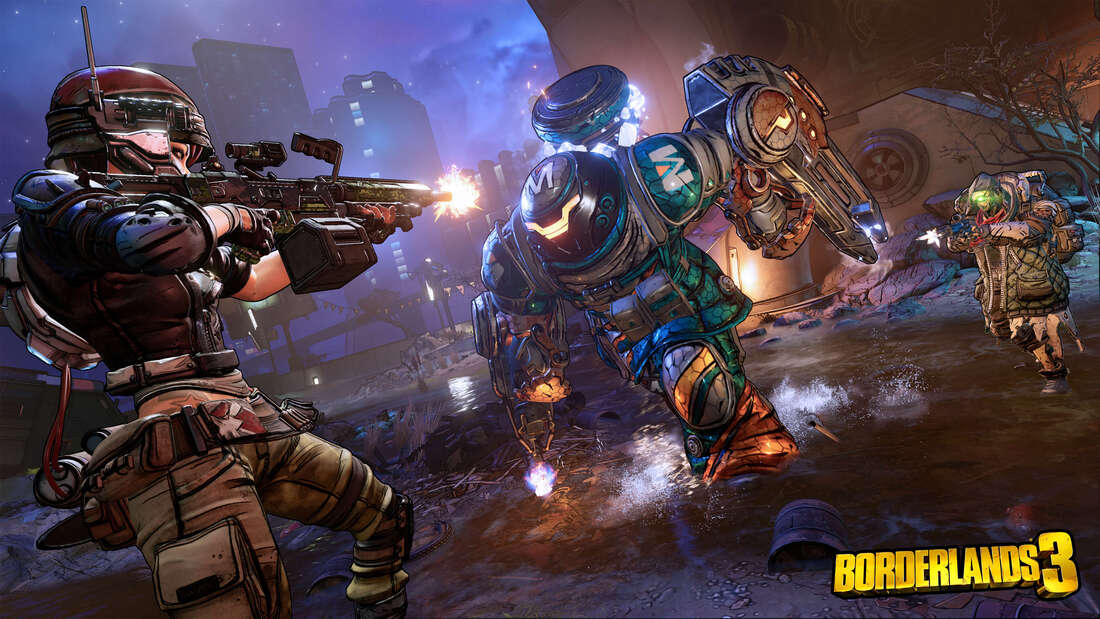


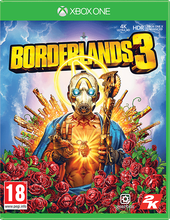
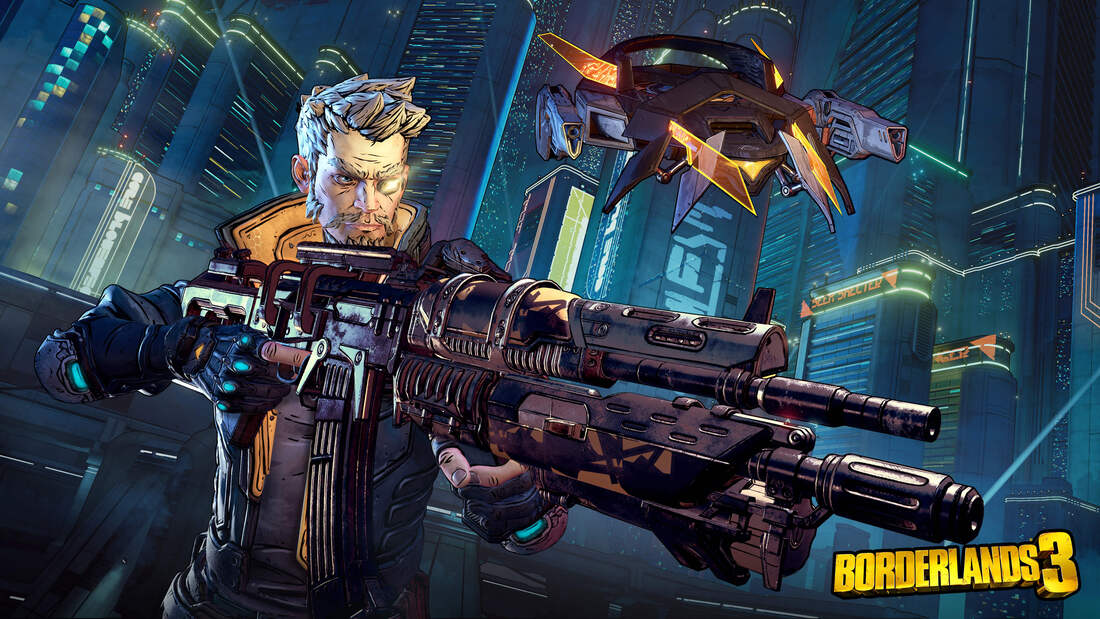
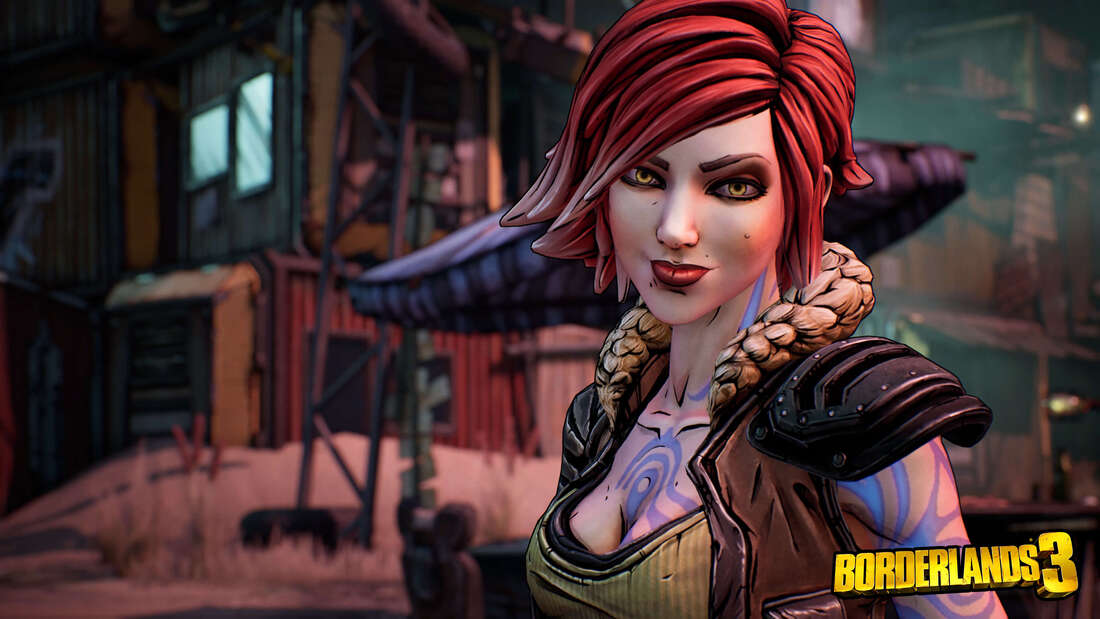
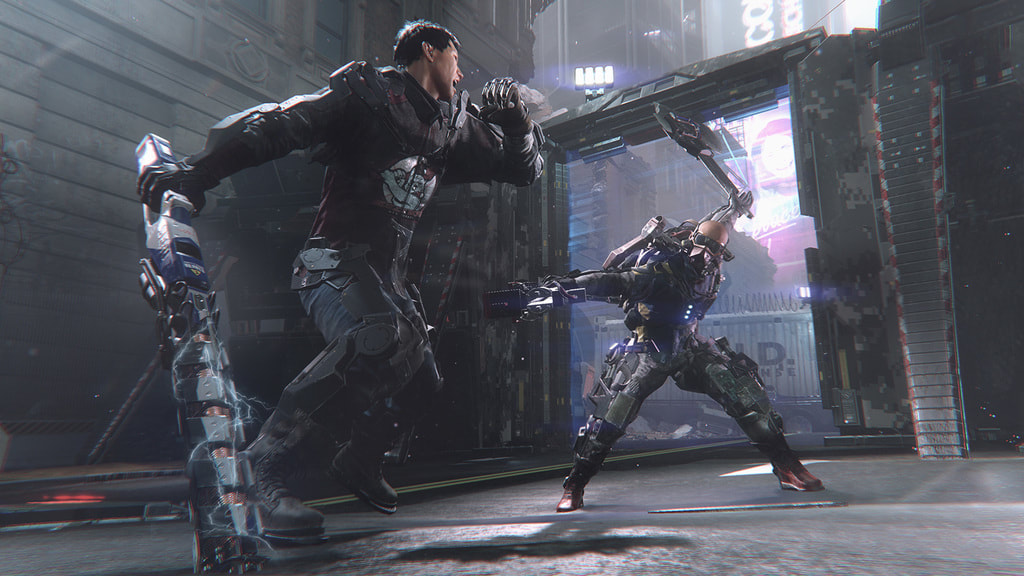


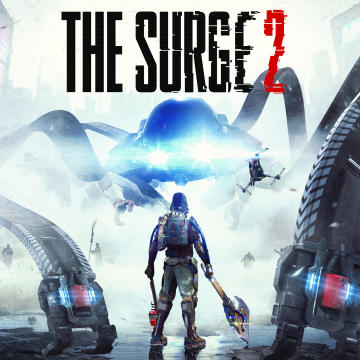
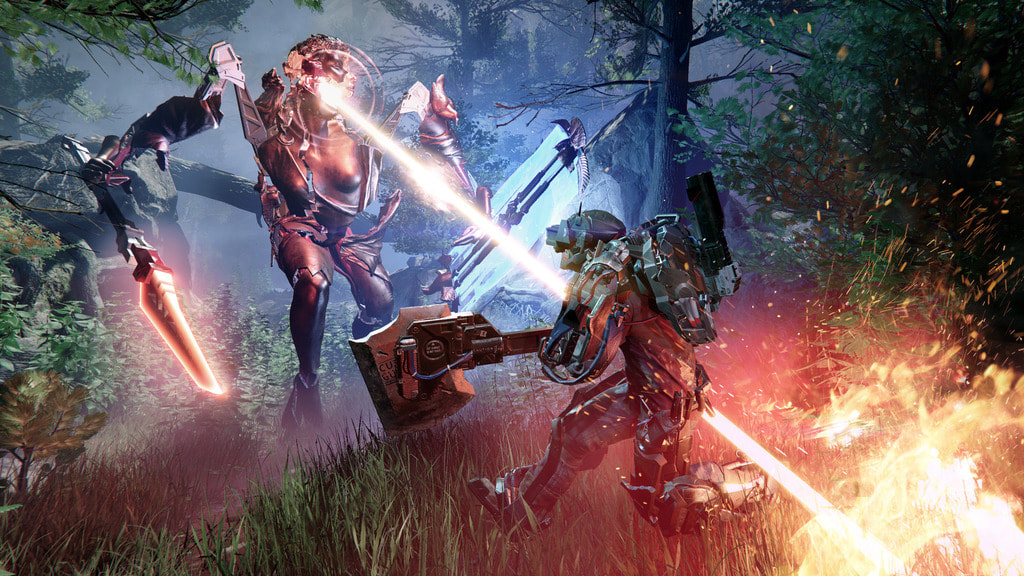
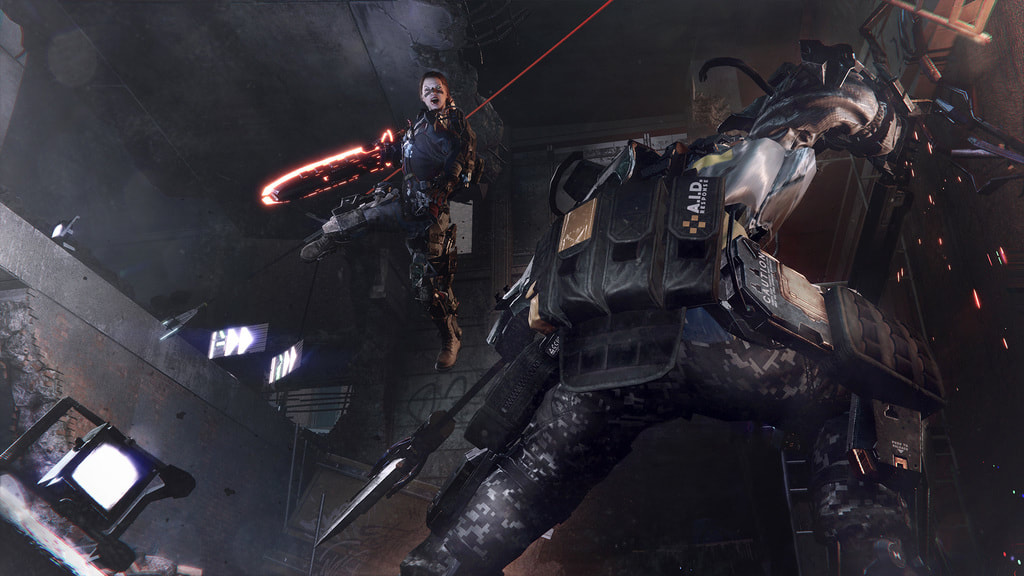
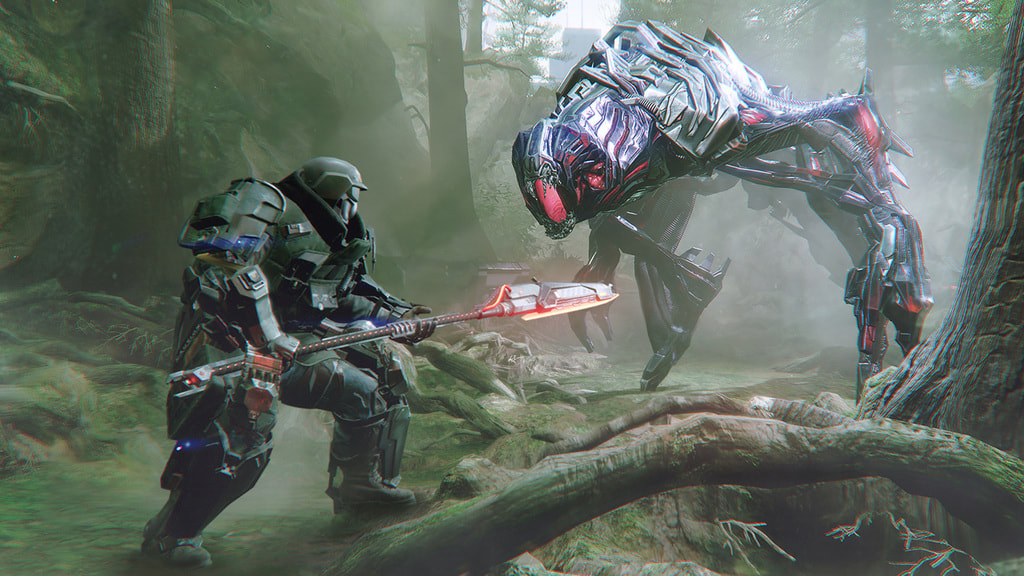
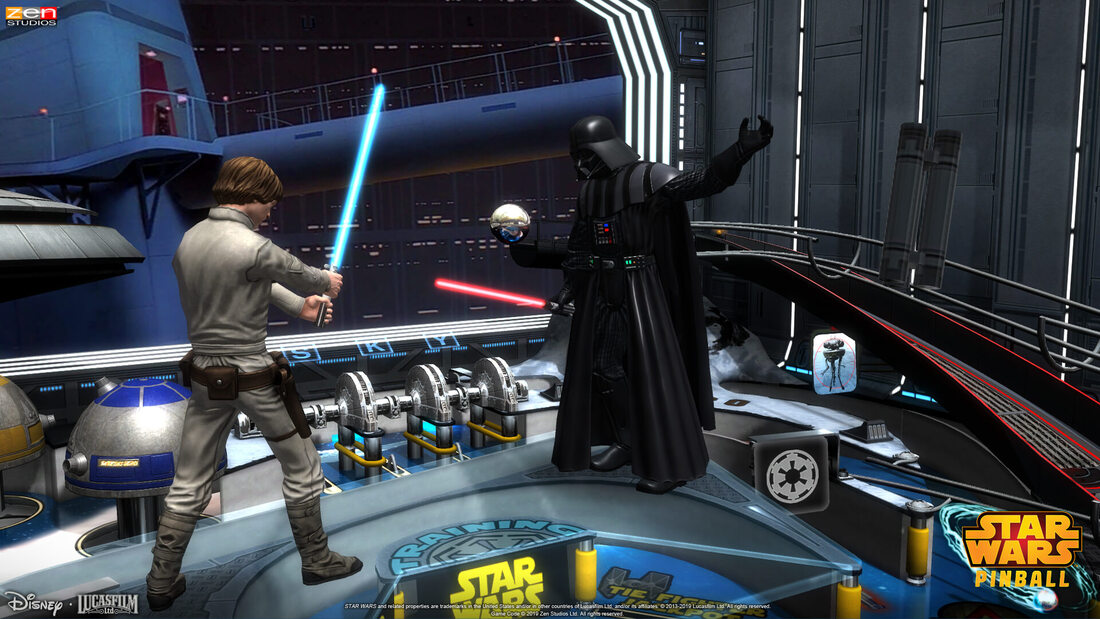


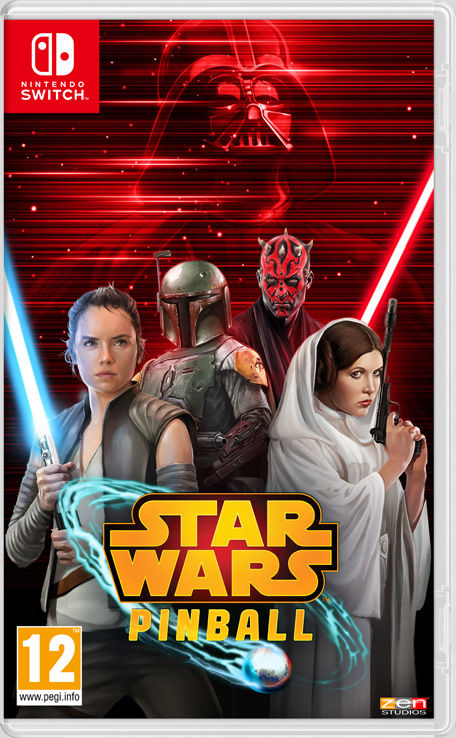
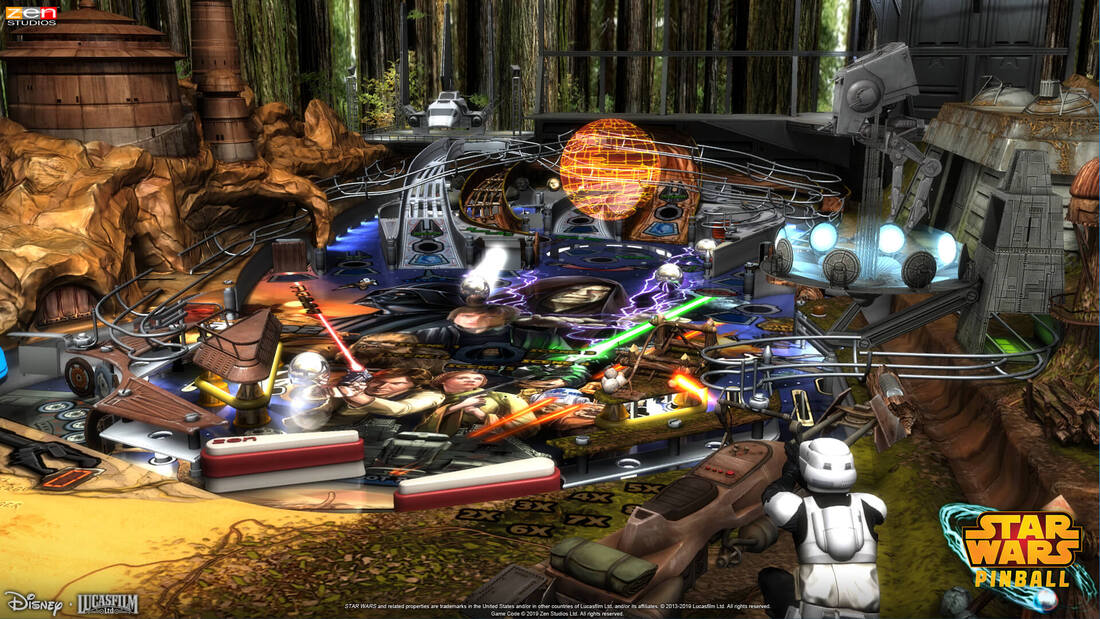
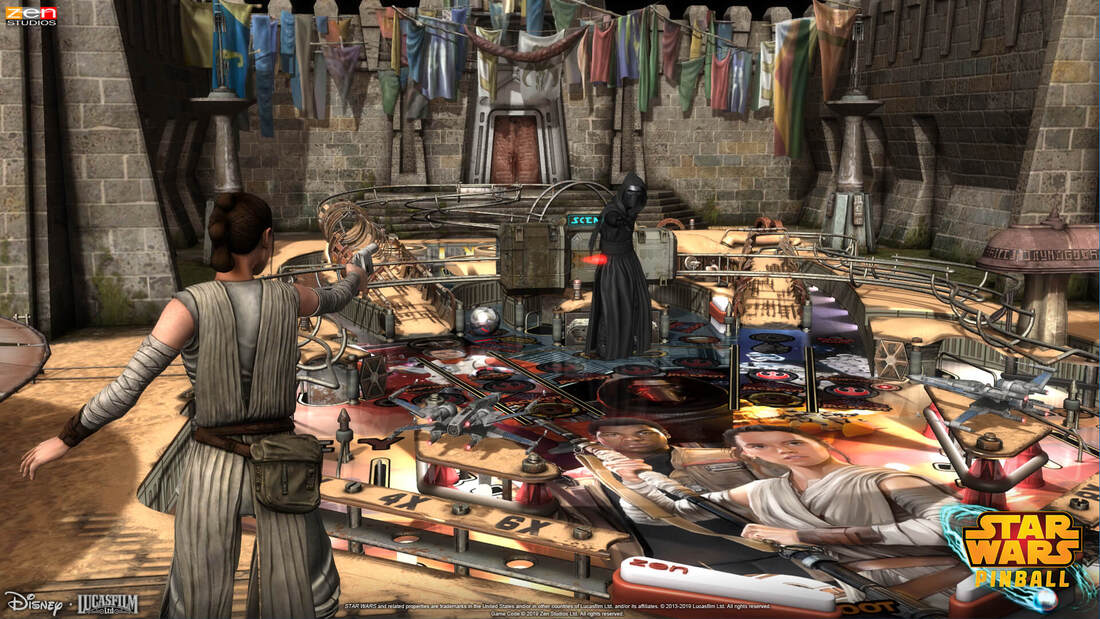
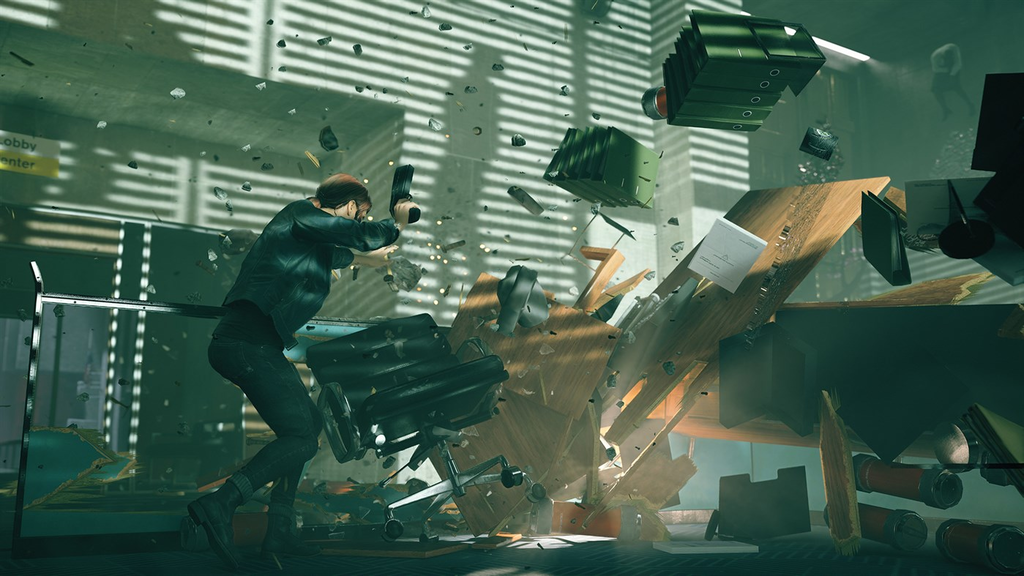


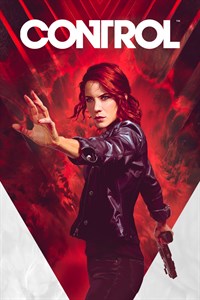
 RSS Feed
RSS Feed